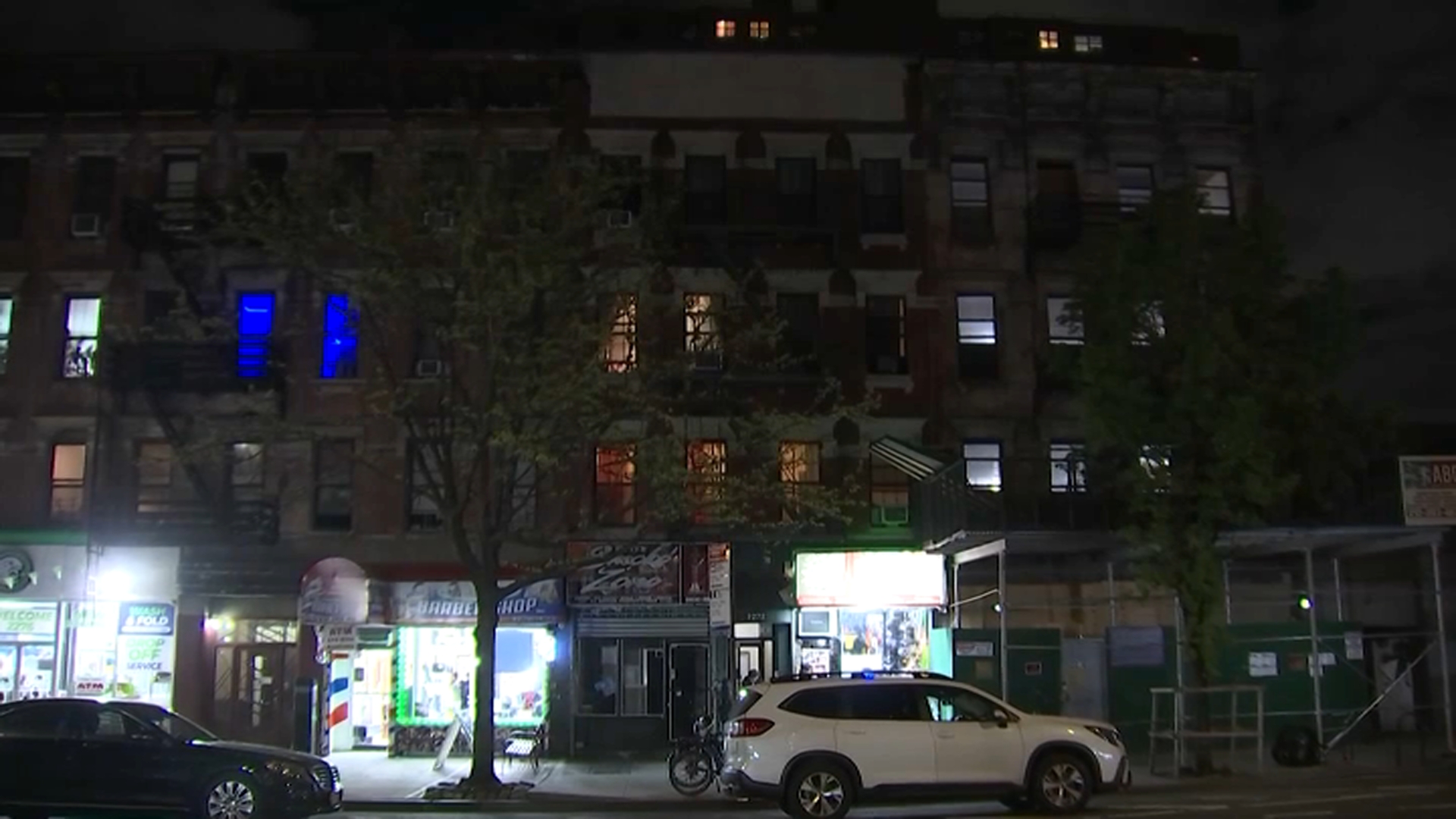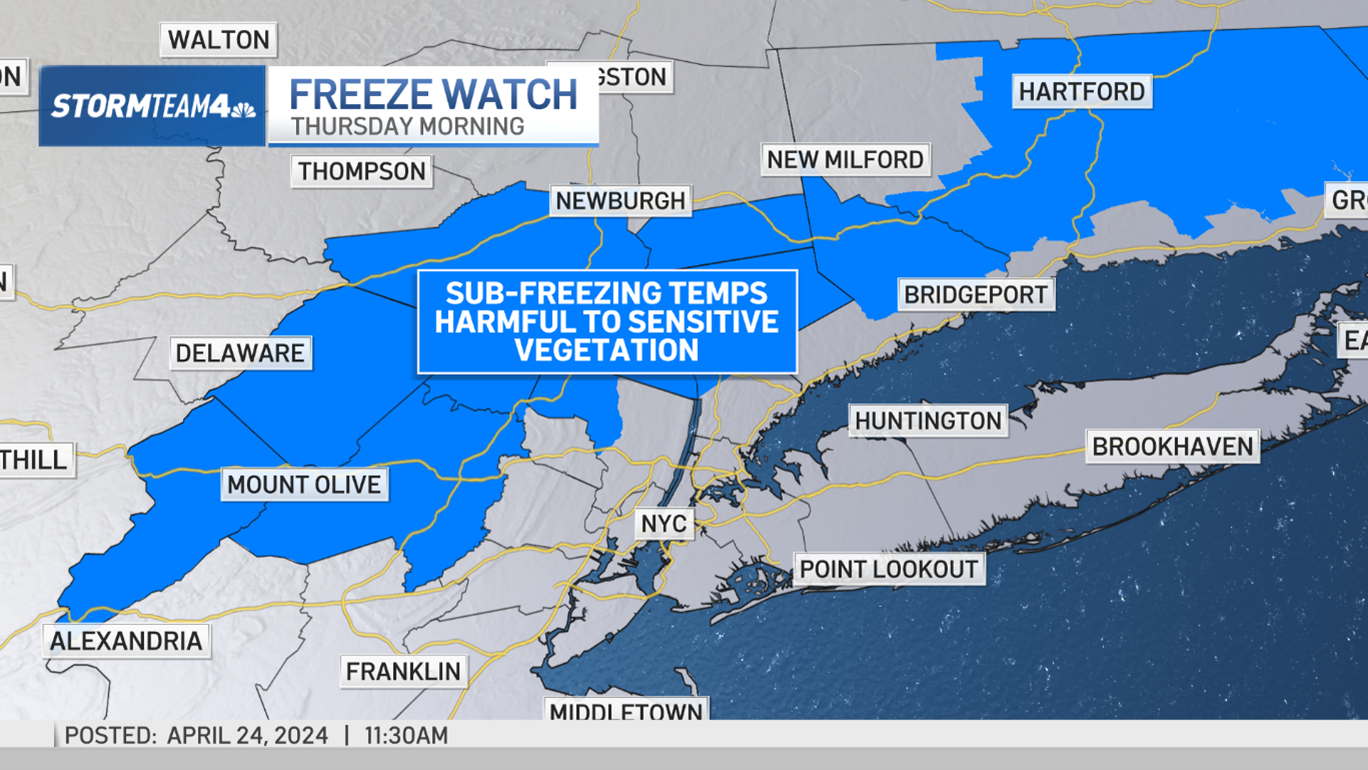Responding to criticism after Sandy, the National Hurricane Center said Thursday it would change the way it warns people about tropical storms that morph into something else.
At the height of Sandy, as the hurricane knocked on the Northeast coast, forecasters at the center stopped issuing advisories and warnings because the storm merged with two cold-weather systems, lost its tropical characteristics and mutated into a hybrid megastorm.
Sandy lost the hurricane part of its name and the prestige that comes with the hurricane center's constant attention and reliable forecasts, and some people said that caused Northeast residents to underestimate its danger.
Under the new policy, the hurricane center in Miami will continue to put out warnings and advisories if a storm threatens people and land, even if a hurricane or tropical storm loses its name and becomes something different.
"Our forecasters now have more flexibility to effectively communicate the threat posed by transitioning tropical systems," said Louis Uccellini, the director of the National Weather Service, which is part of the National Hurricane Center. "Sandy's forecast was remarkably accurate and under a similar situation in the future, forecasters will be able to choose the best option to underscore the urgency involved."
From Maryland to New Hampshire, the hurricane center attributed 72 deaths in the U.S. directly to Sandy, though some estimates were higher. It was the most deaths in the northeastern U.S. since Hurricane Agnes killed 122 people in 1972, according to the center's records, which date back to 1851.
The hurricane center counted at least 87 other deaths that were indirectly tied to Sandy, from causes such as hypothermia due to power outages, carbon monoxide poisoning and accidents during cleanup efforts.
Local
Sandy threatened 60 million Americans in the eastern third of the nation when it brought high winds, drenching rains, extreme tides, flooding and even heavy snow. It wiped out entire neighborhoods, inflicting the worst of its fury on New Jersey and New York, and was one of the nation's costliest natural disasters.
In a February report on Sandy, the hurricane center noted the unprecedented warning challenges Sandy posed due to its massive size and the expectation that it would lose its hurricane status before landfall.
Forecasters didn't have a system ready to issue post-tropical advisories and faced unacceptable options that would have caused widespread confusion and damaged forecasters' credibility, according to the report. So on Oct. 29 at 11 p.m., the hurricane center issued its last advisory on the Sandy, which was still packing hurricane-force winds. The center said the next advisory would come from the National Weather Service's hydrometeorological prediction center, a lesser known entity.
The new policy change was first proposed during a National Oceanic and Atmospheric Administration hurricane conference in November. It reflects a post-Sandy collaboration between meteorologists and emergency managers, said Rick Knabb, the hurricane center's director.
A hurricane warning is issued when tropical storm force winds are expected in a coastal area within 36 hours. A hurricane watch is issued when those winds are possible within 48 hours.
Similar watches and warnings also are issued for tropical storms, which have sustained winds between 39 mph and 73 mph. Hurricanes have winds of 74 mph or higher.
The six-month Atlantic hurricane season starts June 1.



